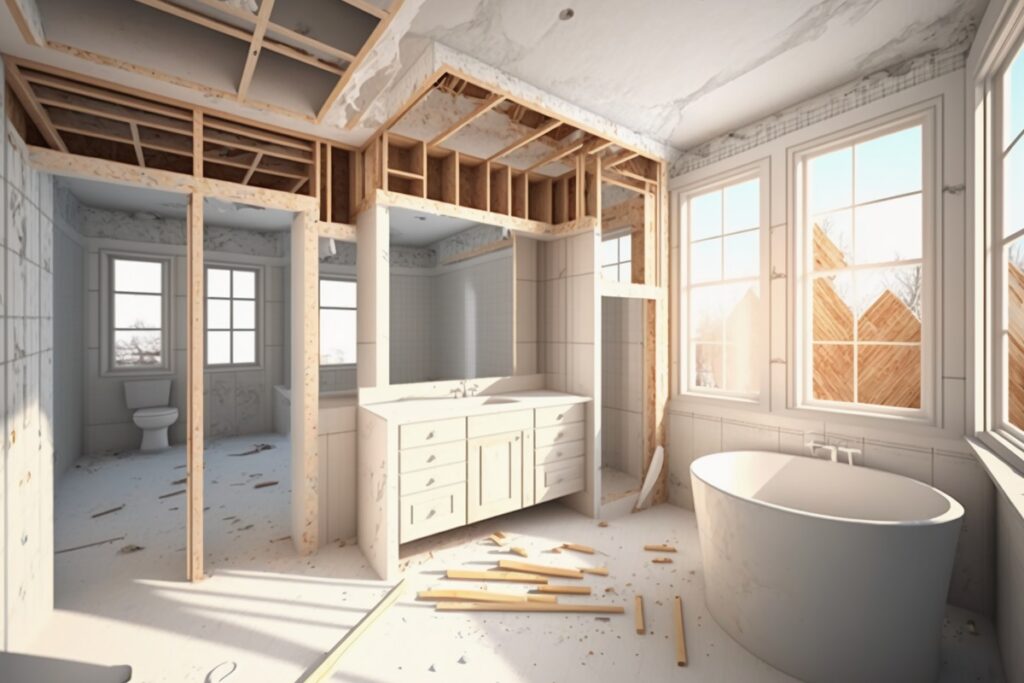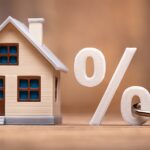After a pandemic-era boom, data analysts studying owner occupied home improvements say the industry should expect a downturn in remodeling activity this year and into 2025.
Annual expenditures for improvements and repairs are projected to decrease by more than $10 billion this year, but at a moderating rate, said Harvard Joint Center for Housing Studies Senior Research Associate and Associate Director of the Remodeling Futures Program Abbe Will, referring to the latest Leading Indicator of Remodeling Activity (LIRA) from the Remodeling Futures Program.
The LIRA report—designed to help forecast turning points in the business cycle of the home improvement and repair industry—measures short-term trends in national spending for professionally-installed and do-it-yourself remodeling and repair projects, to owner-occupied homes based on data from the Department of Housing and Urban Development’s biennial American Housing Survey.
Preserving home values
Researchers describe home improvement as “remodeling, renovation, restoration, additions, alterations and replacements of home components that add value to a home or property.” Maintenance and repair activity “simply preserves the value of the home.”
LIRA indicates annual owner spending for home renovations and maintenance will decline by about 7% in Q3 2024, but will ease to just below 2.6% through the first quarter of 2025.
Finding stability in cost
Will said researchers expect residential remodeling “to benefit from the rebounding housing market and stabilizing material costs as we move into next year.”
She added that, “While home improvement and repair spending is down from pandemic-induced highs, the nation’s aging homes continue to need investment in critical replacements, home performance deficiencies, as well as modernization.”
The latest National Association of Home Builders (NAHB)/Wells Fargo Housing Market Index (HMI) found that builder confidence in the market for newly built single-family homes was 51 in April, unchanged from March. Mortgage rates remained close to 7% in the March-April span, and the latest inflation data failed to show improvement during Q1 of 2024.
“April’s flat reading suggests potential for demand growth is there, but buyers are hesitating until they can better gauge where interest rates are headed,” said NAHB Chief Economist Robert Dietz. “With the markets now adjusting to rates being somewhat higher due to recent inflation readings, we still anticipate the Federal Reserve will announce future rate cuts later this year, and that mortgage rates will moderate in the second half of 2024.”
Remodeling expenditures
American homeowners last year spent $463 billion on improvements and repairs. This year’s totals stand to hover around a slightly lower $451 billion.
As Will pointed out in her summary of the LIRA report, “The remodeling downturn is poised to be fairly modest and short-lived with market expenditures steadying at near-record levels.”
The Remodeling Futures Program, initiated by the Joint Center for Housing Studies in 1995, is a comprehensive study of the factors influencing the growth and changing characteristics of housing renovation and repair activity nationwide. The Program seeks to produce a better understanding of the home improvement industry and its relationship to the broader residential construction industry.
The report, produced quarterly since 2007, can be read in detail at jchs.harvard.edu.





